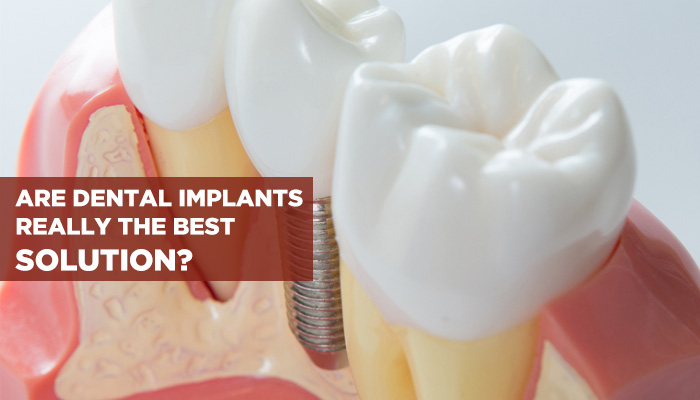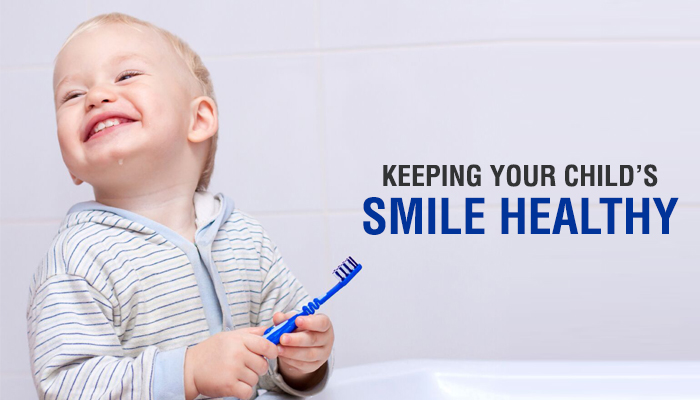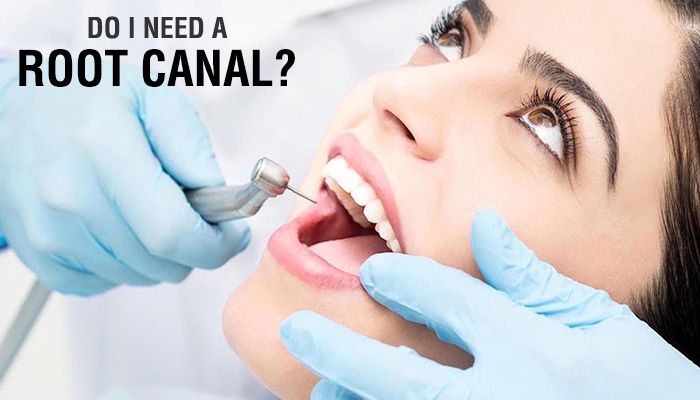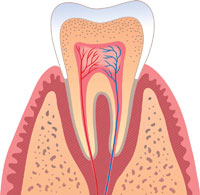In the case of a dental emergency, your dentist should be the first person you call for obvious reasons. It is significant that you should keep details such as after-hours emergency appointment timings, contact information and other things that come handy during the emergency needs.
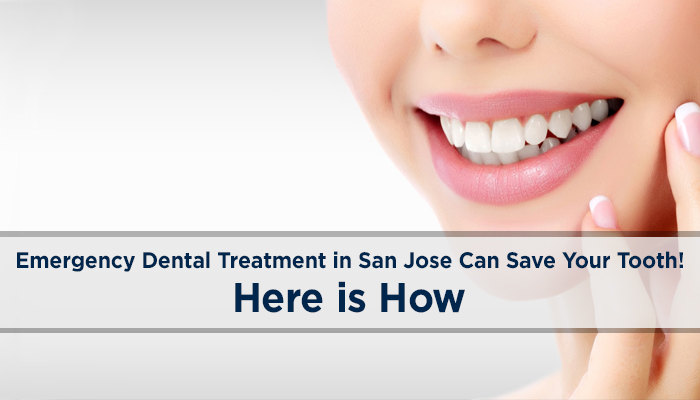
Whether you are traveling or at home, the above tips will help you face any dental emergencies with absolute calmness. Be that as it may, it is essential to know that meeting within 30-45 minutes makes all the difference between losing or saving your teeth.
Let us take knocked out a tooth as an example in this scenario.
As we all know, knocked out tooth is an important dental emergency even if it does not cause much pain (in rare cases). If necessary emergency steps are taken, then there are good chances that the tooth can be saved from an extraction.
- Pick the tooth up by its crown and do not touch its root(s).
- Rinse it very gently and be cautious not to remove any tissues surrounding it.
- Preserve the tooth in a small container or in a cup of milk till you reach the emergency dentist in San Jose.
- Fix an appointment with the dentist immediately so that you don’t have to wait too long to get an emergency issue treated. As mentioned above, treating the issue immediately plays a major role in saving the tooth.
- The longer it takes to be treated, the lesser chance of saving the tooth.
Loose tooth
If your tooth is loose or has moved out of alignment, it is essential to call the emergency dentist in San Jose. However, until you get the emergency dental treatment in San Jose, you can try to push your tooth lightly back to its place and hold. This will prevent further movement or damage to the tooth. The emergency treatment for this type of an issue may involve splinting the tooth to retain it in its place.
Cracked, chipped or broken teeth
In general, if a chipped tooth does not hurt it does not indicate an emergency. Yet you should be careful about not chipping it any further while chewing food. For this reason, you should avail emergency dental treatment in San Jose.
Book your appointment with us now
If you are looking for emergency treatment anywhere in and around San Jose, you are in the right place. Get in touch with us to know more about the wide range of services that we offer.
Our team of dentists tells you the treatment plans upfront before starting it. You can clear all your doubts regarding the treatment.




